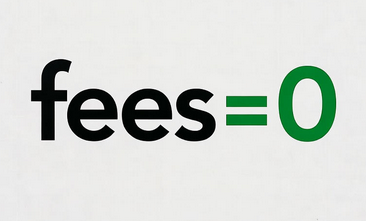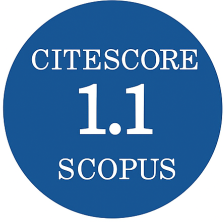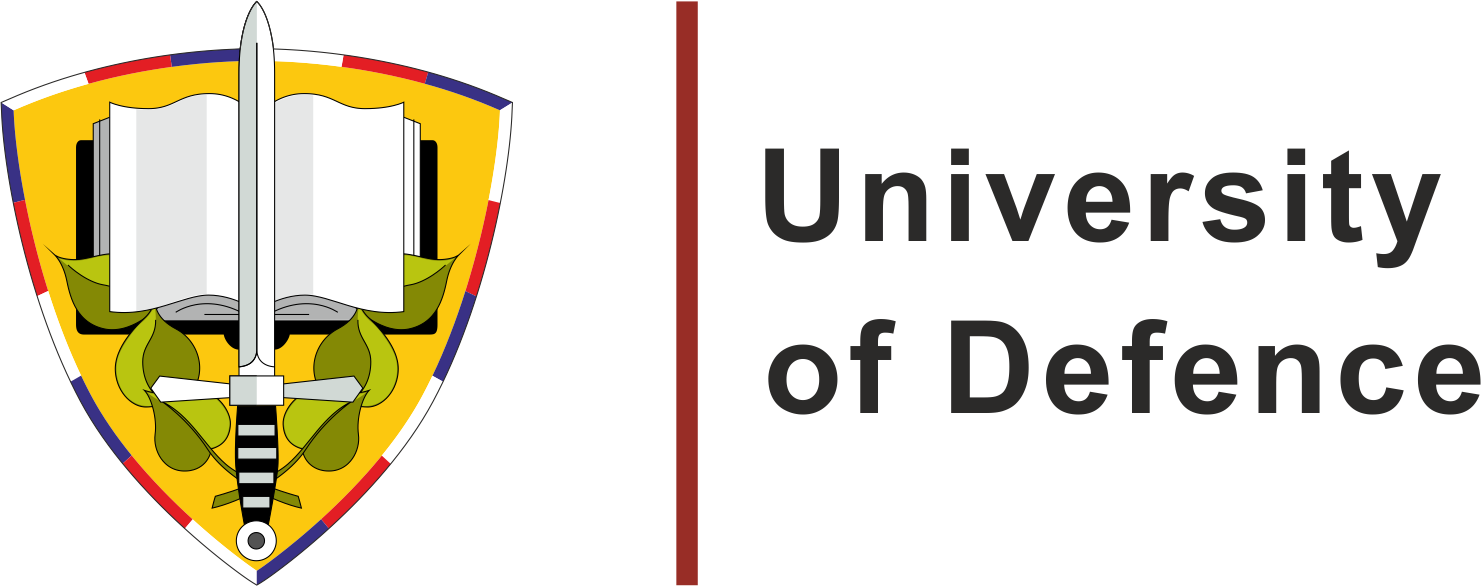Experimental and Numerical Study on the Influence of Liner Height on Explosively Formed Projectiles
DOI:
https://doi.org/10.3849/aimt.01961Keywords:
explosively formed projectile, liner height, penetration, Ansys AutodynAbstract
Explosively Formed Projectiles (EFP) are widely used in both military and civilian sectors for their ability to strike distant targets effectively. This study investigates EFP formation and penetration using Ansys Autodyn simulations and experimental validation. Focusing on the EFP warhead structure, it analyzes how liner height influences projectile performance. Results show that variations in liner height significantly affect the EFP’s velocity, penetration depth, and diameter in steel targets. The study finds that an optimal liner height between 0.2 and 0.3 times the liner diameter yields the best projectile shape and dynamics. These findings offer practical guidance for selecting liner geometry in EFP warhead design.
References
ANDREEV, S.G., et al. Physics of Explosion (in Russian). 3rd ed. Moscow: Fizmatlit, 2004. ISBN 978-5-9221-0218-6.
ORLENKO, L.P. Physics of Explosion and Impact (in Russian). 2nd ed. Moscow: Fizmatlit, 2008. ISBN 978-5-9221-0891-1.
CARDOSO, D. and F. TEIXEIRA-DIAS. Modelling the Formation of Explosively Formed Projectiles (EFP). International Journal of Impact Engineering, 2016, 93, pp. 116-127. https://doi.org/10.1016/j.ijimpeng.2016.02.014
WU, J., J. LIU and Y. DU. Experimental and Numerical Study on the Flight and Penetration Properties of Explosively Formed Projectile. International Journal of Impact Engineering, 2007, 34(7), pp. 1147-1162. https://doi.org/10.1016/j.ijimpeng.2006.06.007
SALKIČEVIĆ, M. Numerical Simulations of the Formation Behavior of Explosively Formed Projectiles. Defense and Security Studies, 2022, 3, pp. 1-14. https://doi.org/10.37868/dss.v3.id183
JEREMIĆ, O., M. MILINOVIĆ, M. MARKOVIĆ and B. RAŠUO. Analytical and Numerical Method of Velocity Fields for the Explosively Formed Projectiles. FME Transactions, 2017, 45, pp. 38-44. https://doi.org/10.5937/fmet1701038J
COUQUE, H. and R. BOULANGER. EFP Simulations with Johnson-Cook Models. In: 23rd International Symposium on Ballistics. Tarragona: ISB, 2007, pp. 255-262.
COUQUE, H., R. BOULANGER and F. BORNET. A Modified Johnson-Cook Model for Strain Rates Ranging from 10³ to 10⁵ s⁻¹. Journal de Physique IV (Proceedings), 2006, 134, pp. 87-93. https://doi.org/10.1051/jp4:2006134015
HUSSAIN, G., A. HAMEED, J.G. HETHERINGTON, P.C. BARTON and A.Q. MALIK. Hydrocode Simulation with Modified Johnson-Cook Model and Experimental Analysis of Explosively Formed Projectiles. Journal of Energetic Materials, 2013, 31(2), pp. 143-155. https://doi.org/10.1080/07370652.2011.606453
LI, B.Y., et al. Orthogonal Optimization Design and Experiments on Explosively Formed Projectiles with Fins. International Journal of Impact Engineering, 2023, 173, 104462. https://doi.org/10.1016/j.ijimpeng.2022.104462
LEE, E., M. FINGER and W. COLLINS. JWL Equation of State Coefficients for High Explosives [online]. 1973 [viewed 2025-10-12]. https://doi.org/10.2172/4479737. Available from: https://www.osti.gov/servlets/purl/4479737
JOHNSON, G.R. and W.H. COOK. Fracture Characteristics of Three Metals Subjected to Various Strains, Strain Rates, Temperatures and Pressures. Engineering Fracture Mechanics, 1985, 21(1), pp. 31-48. https://doi.org/10.1016/0013-7944(85)90052-9
ANSYS Autodyn User’s Manual [online]. 2018 [viewed 2025-10-20]. Available from: https://www.scribd.com/document/453341462/ANSYS-Autodyn-Users-Manual-pdf
VAZIRI, M.R., M. SALIMI and M. MASHAYEKHI. A New Calibration Method for Ductile Fracture Models as Chip Separation Criteria in Machining. Simulation Modelling Practice and Theory, 2010, 18(9), pp. 1286-1296. https://doi.org/10.1016/j.simpat.2010.05.003
Downloads
Published
Issue
Section
Categories
License
Copyright (c) 2025 Advances in Military Technology

This work is licensed under a Creative Commons Attribution-NonCommercial 4.0 International License.
Authors who publish with this journal agree to the following terms:
1. Authors retain copyright and grant the journal right of first publication with the work simultaneously licensed under a Creative Commons Attribution License that allows others to share the work with an acknowledgement of the work's authorship and initial publication in this journal.
2. Authors are able to enter into separate, additional contractual arrangements for the non-exclusive distribution of the journal's published version of the work (e.g., post it to an institutional repository or publish it in a book), with an acknowledgement of its initial publication in this journal.
3. Authors are permitted and encouraged to post their work online (e.g., in institutional repositories or on their website) prior to and during the submission process, as it can lead to productive exchanges, as well as earlier and greater citation of published work.
Users can use, reuse and build upon the material published in the journal for any purpose, even commercially.






